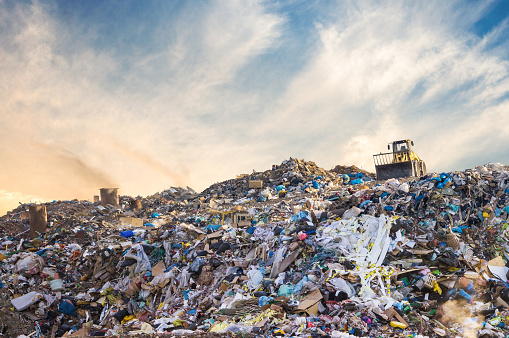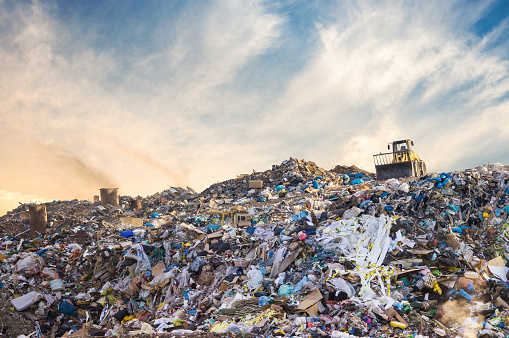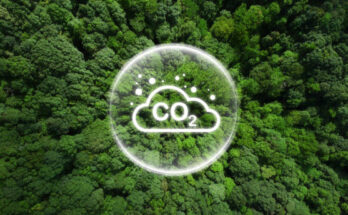Environmental Risks: World’s top concerns
With development, the world also runs at a risk of environmental risks. Join us in this discussion of environmental risks. Let us help and make people aware.
Bycatch and loss of marine life: environmental risks
IMAGE CREDITS: Unsplash.com
Bycatch, or the accidental capture of non-target species including dolphins, marine turtles, and seabirds, occurs wherever there is fishing. Every day, thousands of kilometres of nets and lines are deployed in the waters of the world. Current fishing equipment is particularly effective at catching the desired fish species—as well as anything else in its path—and is frequently invisible to the naked eye and very strong. When dragged up with the catch, a staggering amount of marine life is killed or left for dead before being dumped overboard.
Leaders in the fishing sector are becoming more and more aware of the need to stop this situation. There are tried-and-true remedies, such adjusting fishing gear to prevent non-target species from being caught or escaping. These alterations are frequently quick and affordable, and they frequently originate from the fishermen themselves.
Deforestation and degradation
IMAGE CREDITS: Unsplash.com
Forests cover 31% of the earth’s land surface. By cleansing the water and air and creating jobs, for instance, they assist people in thriving and surviving. Around 13.2 million people worldwide work in the forest sector, and an additional 41 million have jobs that are related to it. In addition, many creatures depend on woods. More than 75 percent of all land-based life inhabits forests. Since they serve as a carbon sink, forests are essential for preventing climate change because they absorb carbon dioxide that would otherwise be released into the atmosphere and contribute to a continuing change in weather patterns.
Yet, the world’s forests are under danger, putting these advantages in jeopardy. Deforestation and forest degradation are the threats that take shape. Agriculture is the primary driver of deforestation (although poorly designed infrastructure is also becoming a significant hazard), and illegal logging is the primary driver of forest degradation. The tropics lost trees at a rate of almost 30 soccer fields per minute in 2019.
Because tropical rain forests are the home to much of the world’s biodiversity, deforestation there is of special concern. In the Amazon region, deforestation is more prevalent close to more populous areas, highways, and rivers, but even distant places have been invaded when lucrative resources like mahogany, gold, and oil have been found.
Consequences of climate change: environmental risks
Oceans are warming and sea levels are rising. Longer and more severe droughts pose a threat to crops, wildlife, and freshwater resources. Climate change poses a threat to the diversity of species on our planet, including polar bears in the Arctic and sea turtles off the coast of Africa.
Climate change poses a serious threat to the places, creatures, and way of life that WWF works to protect. If we have to manage this calamity, we must immediately reduce carbon pollution and prepare for the results of global warming, which we are already facing.
Illegal fishing
IMAGE CREDITS: Unsplash.com
With an annual import of more than 5.3 billion pounds of seafood valued at over $18 billion, the US is one of the major markets for seafood. Sadly, there is an issue with the fish that ends up on our plates. Currently, we simply cannot determine whether the fish we consume was lawfully caught since our regulations do not provide for a clear chain of custody from bait to plate.
Nonetheless, there is a strong desire for change. The Seafood Import Monitoring Program was formally formed by the US government in December 2016 to address the market entry of products from illicit, unreported, and unregulated (IUU) fishing. The new rule, which took effect on January 1, 2018, establishes reporting and record-keeping requirements for specific seafood products in an effort to stop seafood that has been illegally caught or misrepresented from entering US commerce. This program’s initial phase is applicable to a list of imported fish and fish products that have been determined to be more susceptible to fraud and criminal fishing.
Trading wildlife: environmental risks
Wildlife crime is a significant industry. Deadly international networks are involved in the trade in wildlife and animal parts, much like they are in the trafficking of illegal drugs and weapons. It is nearly impossible to find accurate estimates of the value of the illegal wildlife trade due to its very nature. The wildlife trade monitoring network, TRAFFIC, experts, put the value at billions of dollars.
Tiger and elephant hunting for their skins and bones and the removal of ivory from elephants are two instances of illegal wildlife trade. There are also many other species that are over farmed, such as timber trees and sea turtles. The capture or harvest of tens of thousands of different species of wild animals and plants leads to their legal marketing as food, pets, ornamental plants, leather, tourist trinkets, and medicines. When a growing fraction of the wildlife trade is illegal and unsustainable, it becomes a crisis since it directly jeopardizes the future of numerous species in the wild.
Development of oil and gas: environmental risks

IMAGE CREDITS: iStock
The Arctic and Virunga National Park in the Congo Basin, two of the most diverse. And significant regions on the globe. Both happen to have sizable reserves of oil and gas. The ecology may suffer long-term harm as a result of the extraction of these oil and gas resources. Particularly, the discovery and production of oil and gas results in the interruption of migratory routes. The destruction of significant wildlife habitats, and oil spills. All of which have disastrous effects on the creatures and people who depend on these ecosystems.
Oil and gas exploration is currently scouring the most inaccessible and hostile regions of the planet. It uses , frequent technology to extract gases from the earth’s inner part. Blowouts, pipeline leaks or breakdowns. And shipwrecks can all result in oil spills. Whether they occur in the Arctic, the Timor Sea, or the Congo Basin. These spills pose a major threat to ecosystems. Furthermore, there is no tested, better way to remove oil from ice in the Arctic.
USEFUL LINKS:
Learn more about environmental threats:
Environmental threats
Together, let us lessen air pollution:
How to lessen air pollution
Sell your recycles products, see:
How to sell recycled products to save environment








2 Comments on “Environmental Risks: World’s top concerns”